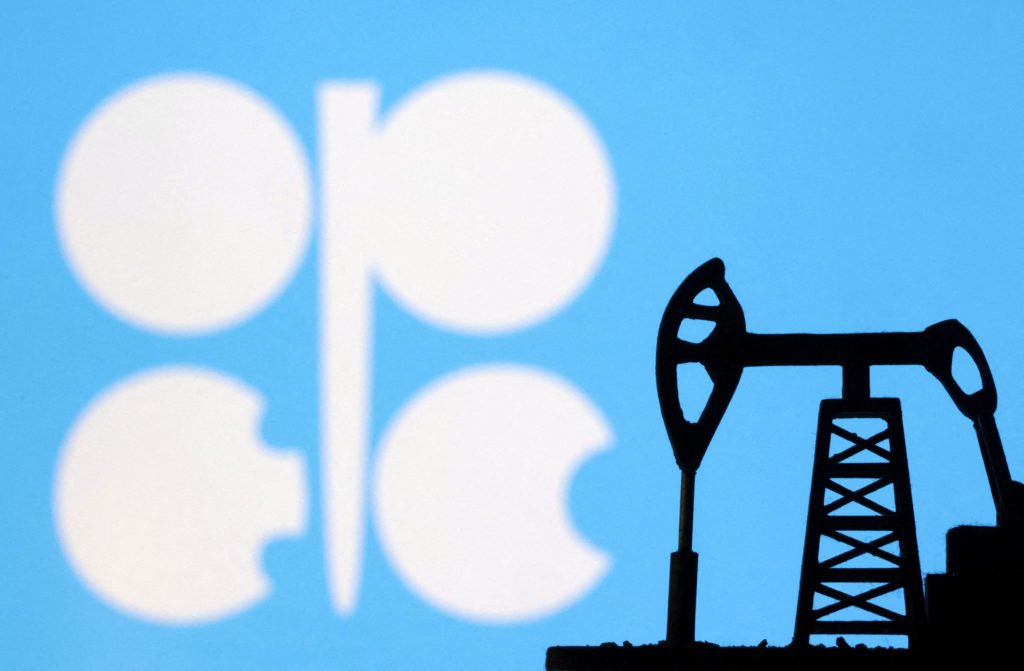The Core Mission of OPEC
Founded in 1960, OPEC’s primary goal has been to coordinate and unify petroleum policies among member states. Its mission includes:
Stabilizing oil markets
Ensuring steady supply to consumers
Securing fair returns for producers
Unlike free-market dynamics, OPEC intervenes directly by adjusting production quotas, often influencing oil prices in the short and medium term. For example, coordinated cuts in 2020 helped restore balance after the COVID-19 demand collapse.
